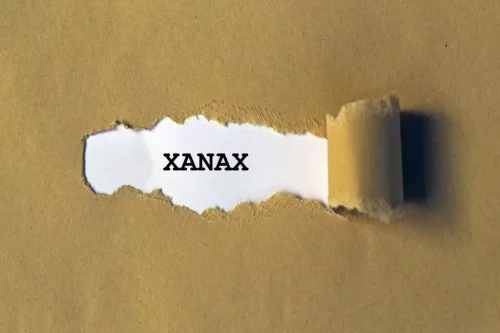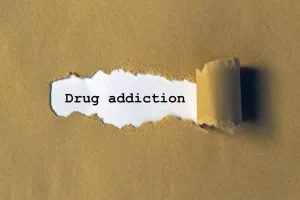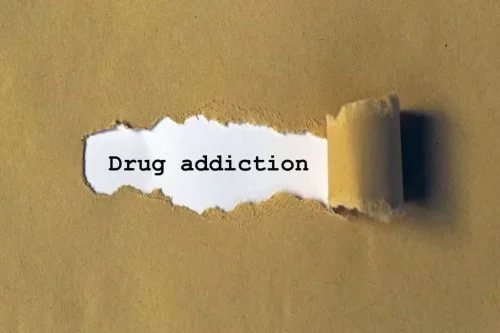How Long Does Weed Stay in Your System? Urine, Blood, Hair

It is actually believed cannabis has the longest detection window in hair. In fact, the hair drug test was developed to identify long-term users rather than one-time or infrequent users. Standard hair tests typically look for drugs used over the last 90 days. In addition to changes in reward processing, chronic cannabis use also seems to affect emotion processing. Several MRI studies reveal functional and structural differences in the amygdala – a key brain structure in processing emotions – after chronic cannabis use.
How Long Does It Take THC-COOH to Leave the Body?
Whichever consumption method you use, the result will be the same; your body alcohol rehab metabolizes the intoxicating compounds. A blood test may detect marijuana in blood more quickly than a urine test and up to two days from consumption. However, it’s not as commonly used because THC can’t be detected in blood for as long as it can be detected in urine. Urine and hair samples may show evidence of cannabis use several months after the fact.
- Blood tests can detect THC metabolites for several days to a few weeks.
- These metabolites remain in your system long after weed’s effects have worn off.
- I had 1 chocolate candy filled with carmel edible of christmas day.
- However, they’re very accurate and can show a pattern of marijuana usage for months after the last dose.
Long-Term Effects of Cannabis on the Brain: Neuroimaging Studies

These products, while legal, could trigger a positive result as they can create the same byproducts or leave trace amounts of THC in your bloodstream. Around 77 percent of heavy users and 39 percent of light users had positive tests. No non-users had positive tests, showing that false positives in hair tests are rare. It’s usually detectable in bodily how long does weed stay in your system fluids for 1 to 30 days after last use.1 It may be detectable in the hair for several months. Overall, the length of time that weed stays in your system can vary depending on a variety of factors.

Mental Health Resources
- Cognitive dysfunction, specifically impairments in executive domains, after chronic cannabis use is a key feature of the neurobiological model of addiction (Koob and Volkow 2016).
- I’m early 40’s, around 85kg, just had my urine test so I guess I’ll see if I have a job on the results.Everything I can find swings from Mayo Clinic saying 3 days, to calculators saying 21.
- While withdrawing from marijuana use can present challenges, remember that what you are going through will pass.
- We publish material that is researched, cited, edited and reviewed by licensed medical professionals.
- In general, if you’re not a regular smoker and you only took a few puffs, weed will stay in your blood for 1-2 days.
Just 5 days after eating an edible, 80 to 90% of THC gets flushed out but the remaining 10% can be detected for https://ecosoberhouse.com/ up to 4 weeks. In general, if you’re not a regular smoker and you only took a few puffs, weed will stay in your blood for 1-2 days. As mentioned above, there are numerous complex factors that determine how long weed is detectable in the system. Primarily, this is how frequently someone smokes, how much they smoke, and how long they have been smoking. Another common method to pass a urine test is the fruit pectin method.
- For these reasons, it’s unclear how much Veklury contributes to increased liver enzymes in people with COVID-19.
- Here in Australia and many other countries they use a Drager Saliva testing machine and it has a 99% accuracy.
Is Delta-8 stronger than regular marijuana?
”, then you’re really asking how long the metabolites are detectable in urine. In other words, when searching how to flush your system efficiently, you will be aiming to clean your urine to the point where THC metabolites are no longer detectable. A recent study found that cannabis smokers have higher levels of heavy metals in their blood and urine.
- The most common standard urine drug test can detect THC up to 90 days after inhalation/ingestion.
- Since hair grows approximately 0.5 inches per month, a 1.5-inch hair segment taken close to the scalp can provide a timeline of cannabis use over the past 3 months.
- Sustained use leads to the development of tolerance, where you’ll need higher doses to achieve the initial effects.
- The main purpose of this method is to clear the metabolites from hair.
- After using cannabis, our liver metabolizes THC into THC-COOH which is then stored in urine.
Of course not; it depends on how frequently you smoke, M/F and how much you weigh. Having one or two edibles or smoking once a day may not affect your results in a hair test. It takes time for THC to be stored in your hair follicles and build up. If you used weed today, the metabolites would only show up in your hair for seven to 10 days afterward. Your doctor may check your liver function and your blood’s ability to clot before and during Veklury treatment. This helps them monitor you for related side effects or assess your level of risk.
From ancient empires to today’s tech-driven world, humanity’s dance with cannabis is an age-old tango. Well, that’s just a newer step in the cannabis detection saga. As we better understand cannabis and its interactions, it’s essential to consider these varied timelines in both personal and professional contexts. Our brain plays host to the THC party, which typically lasts a few euphoric hours.

What About THC Tolerance?
The detection period for even the most infrequent users of cannabis, and even some people exposed to second-hand smoke is 90 days. Heavy users can have detectable levels of THC in their system for up to 30 days or more, depending on factors such as metabolism, body fat percentage, and hydration levels. It generally remains detectable for up to three days after a single use.
More common side effects of Veklury
If you develop serious side effects while receiving Veklury, call your doctor right away. If the side effects seem life threatening or you think you’re having a medical emergency, immediately call 911 or your local emergency number. The preoccupation/ anticipation stage is implicated in the reinstatement of substance use following abstinence. Executive control over craving and impulsivity is key in maintaining abstinence and is mediated by the PFC.